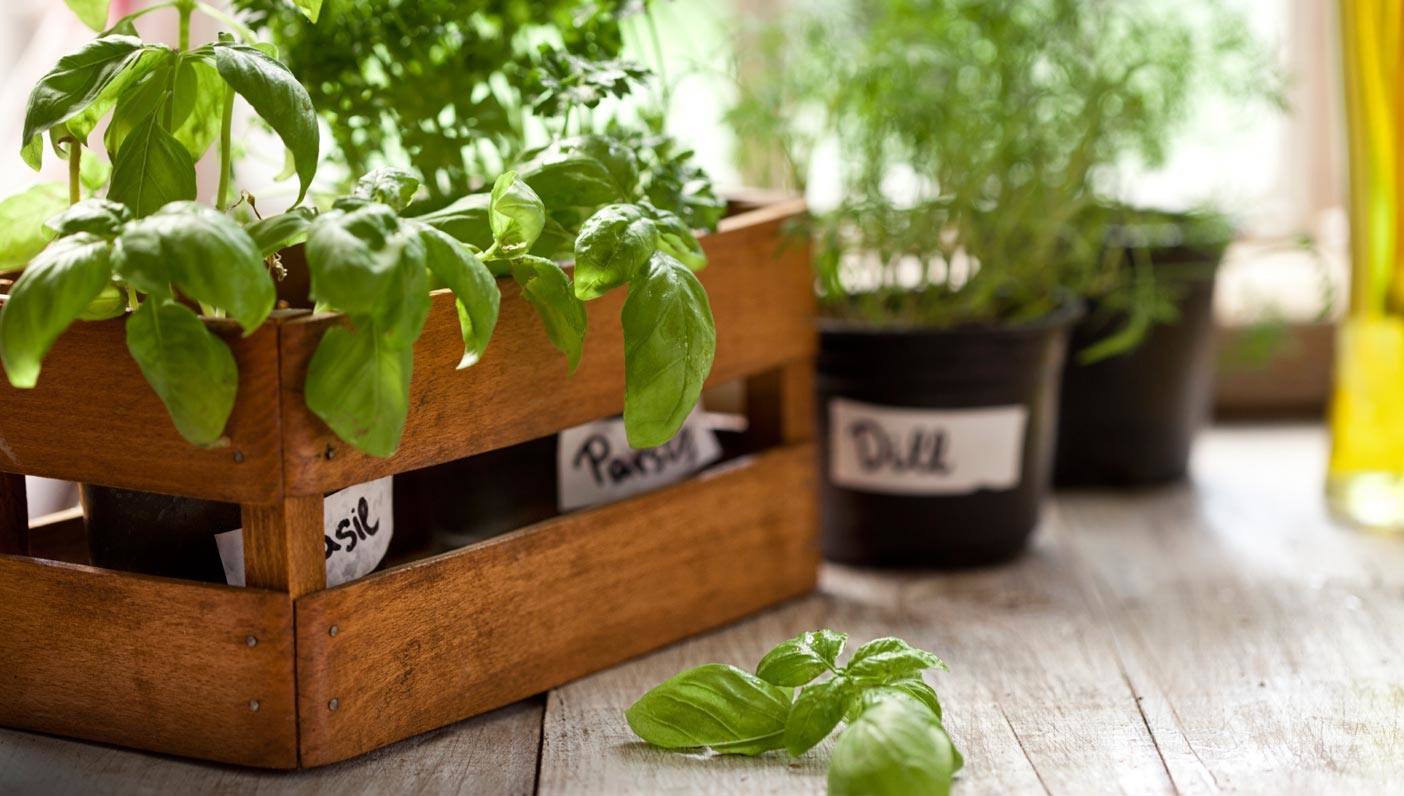
Dig into healthy, farm-to-table meals at a Wanderlust Festival this summer. Find out more | 2016 lineup | Buy tickets
The idea of a farm-to-table diet carries a lot of appeal. Dewy lettuces, beets still warm from the dirt, tomatoes hanging heavy from the vine—deep down, we all crave a connection to our food sources. For us urban dwellers, this idyllic scene might feel like just a faraway dream. But fear not: with just a few square feet and a loving hand, you can make your garden grow.
The most important rule of gardening is proximity. The closer to your kitchen, the better. Lettuces and leafy greens can do well in a window box, while container tomatoes will be happy on a sunny porch. Herbs like basil, mint, and chives can all thrive indoors, where they can be quickly snipped and added to salads.
The second rule might seem like a no-brainer, but it’s worth stating: grow what you like! Before you plant, think about what produce you like to regularly add to your meals. Cilantro for guacamole? Leafy greens with your eggs? Choose plants you’ll enjoy eating and you’ll be more likely to care for them well.
That said, consider climate and seasonality. Brassicas (broccoli, Brussels sprouts) and root vegetables can be harvested throughout the winter, while fruiting vegetables (eggplant, cucumber) will be on the table come summer. Plan two to four months ahead, and rotate your crops to replenish the soil. Some seeds, like tomatoes and peppers, will do well started early indoors on a sunny windowsill. Others, like squash and melons, will thrive when sown directly into the earth.
The process of cultivating a healthy garden can be incredibly emotionally fulfilling.
Once you’ve decided on location and crops, build interacting with your garden into your daily routine. When you regularly inspect your plants, you can take early action to control pest or disease outbreaks. Checking on your crops is a great way to get outside and connect to nature first thing in the morning. Early morning is also the best time to water, as hot afternoon sun can scorch moist plants. Watering at night can leave plants damp when temperatures drop and make them vulnerable to fungi.
Many harmful bugs can be controlled with gentle, natural methods. Spray a mild dish soap solution directly onto whiteflies and aphids. Use neem oil to block the maturing of leafminer larvae. You can also introduce ladybugs directly into your garden to help control pest populations, but be aware that any insecticidal soap you use may harm beneficial insects and their larvae.
Companion planting is another natural way to deter pests. Fragrant lavender and rosemary help to repel cats. Cheery marigolds keep beetles and nematodes away. Delicious basil and dill can keep hornworms away from your tomatoes. As in life, the key to your garden’s immune system is balance. Keep your plants happy and strong and they will be naturally resistant to infection and infestation.
The process of cultivating a healthy garden can be incredibly emotionally fulfilling. From an Ayurvedic perspective, food is energy, and the love you put into growing your own food will nourish your spirit. From a psychological perspective, gardening has been shown to relieve stress and stimulate creativity. Spending time outdoors is a natural way to hone focus and encourage deeper breathing, and the satisfaction that comes from nurturing life is undeniable. Even losing plants can be therapeutic; it teaches us how to let go, to figure out what works and what doesn’t, and to learn from the experience.
The next time you have a day off, visit your local independent nursery and chat with the staff. They’ll often have valuable advice on what to grow and the tools you’ll need to get started. Embark on your garden-to-table journey with patience and love, and don’t be discouraged if things don’t turn out exactly as you’d pictured. With time and care, you’ll learn to feed your body and your spirit.
—
 Molly O’Neill studied English and creative writing at the University of Pennsylvania. When she’s not teaching yoga at Wanderlust’s flagship studio in Hollywood, she’s hiking and camping her way around California, eating tacos, or hanging out with her two rescued pit bulls. Check out her full schedule at mollyoneillyoga.com and follow her on Twitter and Instagram.
Molly O’Neill studied English and creative writing at the University of Pennsylvania. When she’s not teaching yoga at Wanderlust’s flagship studio in Hollywood, she’s hiking and camping her way around California, eating tacos, or hanging out with her two rescued pit bulls. Check out her full schedule at mollyoneillyoga.com and follow her on Twitter and Instagram.
